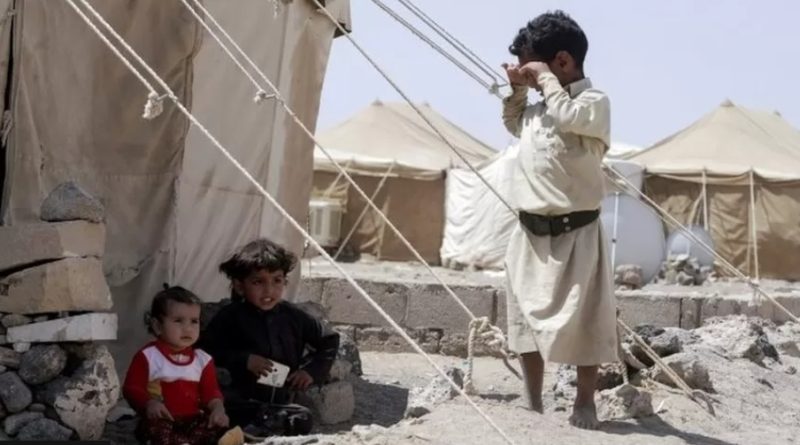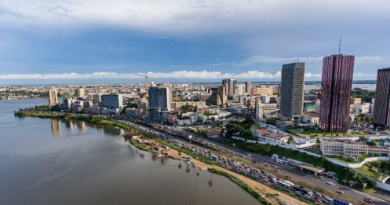Yemen conflict enters 10th year with over 17 million people in need of health aid
Oru Leonard
The country faces an alarmingly high malnutrition rate, with nearly 2.4 million children aged under 5 years suffering from stunting.
As the conflict in Yemen enters its 10th year on 25th March, 2024, over half of the country’s population in desperate need of aid and an estimated 17.8 million people requiring health assistance, 50% of them children.
“It’s almost as if ongoing conflicts have become an accepted part of the everyday realities of life in the region. It’s important to step back and remember that hungry children, disease outbreaks, hospitals shutting down … these are not to be normalized,” said Dr Hanan Balkhy, WHO Regional Director for the Eastern Mediterranean.
“The conflict has destroyed everything … many health facilities have shut down, epidemics have spread, the diseases that felt like a part of the past have returned, such as polio and cholera,” said Dr Eman Tajeldeen, who works at the Central Laboratory in Aden. “We love Yemen, and we would love to see Yemen back.”
Children are particularly vulnerable to vaccine-preventable diseases such as polio, measles, pertussis and diphtheria, while also suffering from alarmingly high malnutrition rates. Nearly half of all children under five, nearly 2.4 million children, suffer from moderate to severe stunting.
“After 9 years of conflict, deteriorating health outcomes and destroyed infrastructure, emergency health and humanitarian needs control the lives of millions of Yemenis and limit their ability to achieve inclusive sustainable development,” said Dr Arturo Pesigan, WHO Representative and Head of Mission in Yemen. “This is compounded by a significant decline in international support, leaving communities vulnerable to worsening conditions. Every day under such conditions affects the future of millions for many years to come.”
Yemen is among the world’s most vulnerable countries to climate change, yet it remains among the least prepared for its impacts. Last year, climate-related factors, particularly heavy rains and flash flooding, emerged as the primary cause of new displacement in Yemen. Approximately 4.5 million individuals are still internally displaced today, with women and children accounting for about 80% of this affected population.
Despite great strains on resources, WHO is currently supporting 96 therapeutic feeding centres (with a bed capacity to serve about 30 000 children per year) and providing nutrition screening services in more than 270 districts. These centres are achieving impressive results, with 96% cure rates – well above the international standard.
In 2023, WHO continued its support for 114 basic and comprehensive emergency obstetric and newborn care facilities by providing essential maternal medicines, supplies, and health care equipment. Additionally, 333 rapid response teams remained deployed across Yemen to ensure timely response to outbreaks. These teams carried out more than 69 000 field visits.
In the last 5 years, WHO’s funding for the country has declined by 45%. In 2024, WHO needs US$ 77 million to provide essential health assistance.
“The health needs are pressing, yet chronic lack of funding persists. The WHO remains committed to prioritizing equally crucial health services aimed at saving lives, despite the challenging decisions this entails. While we are grateful for the support received from donors over the years, it is crucial to underscore the urgent need for additional support now. We are moving forward in demonstrating that significant improvements in health outcomes are attainable when both those in need and the requisite resources to carry out our work are accessible,” added Dr Balky.
(WHO Media)
Photo Credit: Reuters




